Are Iranians Superstitious? Persian Beliefs
Superstitions, long-standing beliefs in supernatural forces and unseen influences, are a common part of cultures worldwide.
From knocking on wood to ward off bad luck to avoiding walking under ladders, many societies hold these practices as a way to manage uncertainty or prevent misfortune. Iran is no exception, with its own rich array of superstitions deeply woven into the fabric of daily life.
But just how prevalent are these beliefs in Iran today? Are they simply remnants of old traditions, or do they continue to play a significant role in the lives of Iranians?
In this blog, we’ll explore these questions by looking at the cultural and religious roots of Persian beliefs, examining both ancient and modern superstitions that have shaped Iranian society.
Historical Context of Superstitions in Iran
Ancient Persian Beliefs
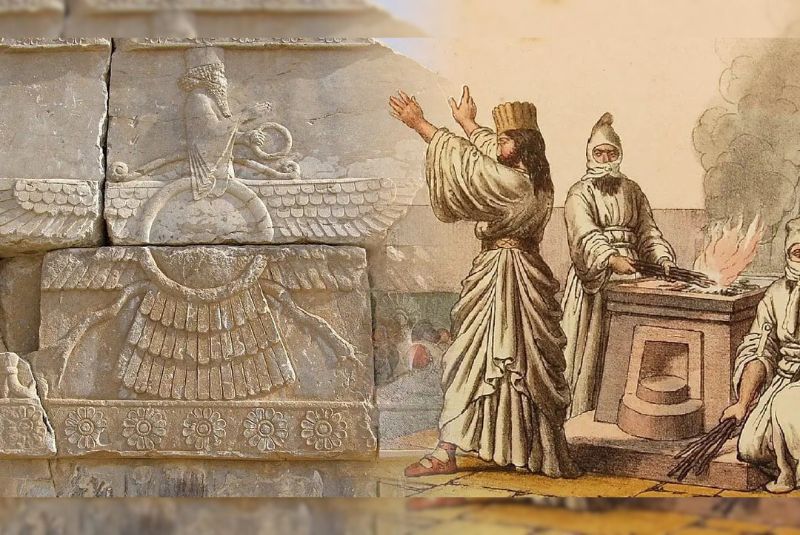
The roots of many Iranian superstitions can be traced back to ancient Persia, long before the rise of Islam. Zoroastrianism, the dominant religion in Persia for over a thousand years, had a profound influence on the way people perceived the world around them. The dualistic nature of Zoroastrianism, with its clear separation of good and evil forces, helped shape beliefs in supernatural entities that could interfere with human life. Fire, seen as a symbol of purity and protection, became a central element in rituals designed to ward off evil spirits. Many of these beliefs still echo in modern practices, reflecting the long-standing fear of unseen dangers and the importance of protective rituals.
In addition to Zoroastrianism, pre-Islamic Persian mythology contributed to a wide variety of superstitions. Stories of mythical creatures, such as the 'Divs' (demons), who brought misfortune, and the use of talismans to protect against them, have survived through centuries. These ancient influences continue to shape the way some Iranians interact with the world today, blending tradition with contemporary life.
Islamic Influence
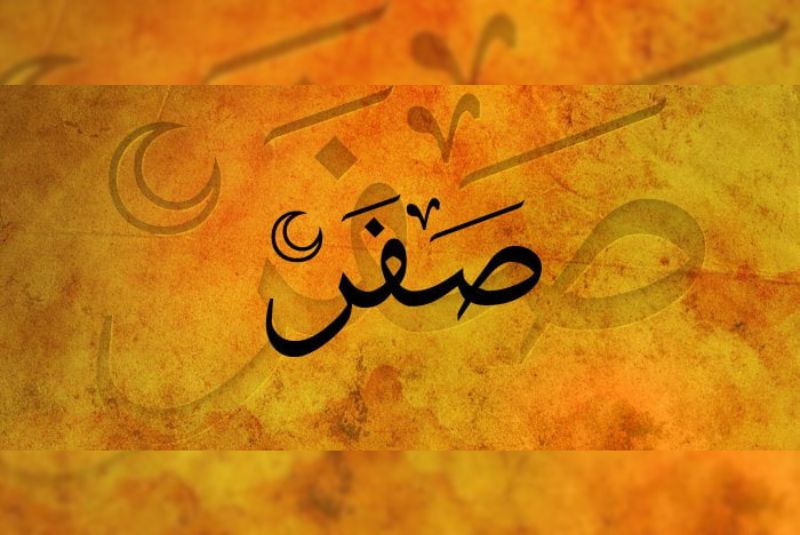
With the arrival of Islam in the 7th century, Persian beliefs began to blend with the new religious framework, particularly within the Shia branch of Islam, which became the dominant sect in Iran. Islamic teachings introduced new practices while also reinforcing some pre-Islamic customs. For example, belief in the evil eye, a concept shared across many Islamic societies, became intertwined with Persian traditions. Protective charms, prayers, and phrases like “Mashallah” (God has willed it) are commonly used to safeguard against misfortune brought by envious looks.
In Iran, there’s also a distinct connection between religious figures and superstitions. Shia saints and imams are often invoked for protection and blessing, with many people believing in their power to intercede in daily matters. This blend of religious reverence and older superstitions shows how Islamic influence adapted to the deeply rooted beliefs that existed in pre-Islamic Persia.
Common Iranian Superstitions
1. Knocking on Wood

In Iran, knocking on wood is a common practice to avoid bad luck or prevent a situation from worsening. When someone shares good news or expresses relief, they might immediately knock on wood to prevent a potential jinx. Although the origins are unclear, it is believed to go back to ancient beliefs that spirits resided in trees, and knocking would summon their protection.
2. Sneezing

When someone sneezes, Iranians often pause their activities. They say "sabr âmad" (patience has come) and wait for a brief moment before continuing. Even those who aren't particularly superstitious tend to follow this, especially during allergy season, when frequent sneezing makes it challenging to keep things moving.
3. Floating Tea Leaves

Tea plays an important role in Iranian culture, and there’s a superstition attached to it. If tea leaves float to the top of the glass while pouring tea, it’s believed that guests will soon arrive. The number of guests is thought to correspond with the number of floating leaves. Some even say that the shape of the leaves can predict details, such as the height of the guest.
4. Things Happening in Threes
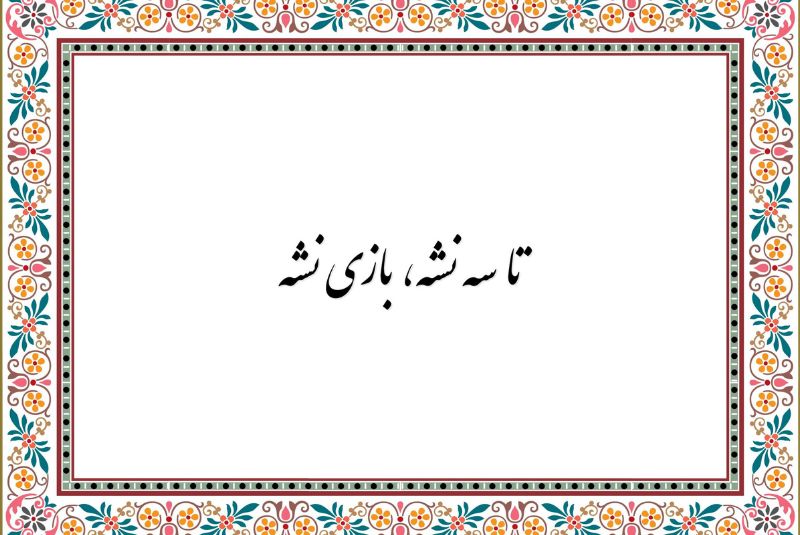
The idea that misfortune comes in threes is also common. For instance, if a child gets a nosebleed, and soon after, news comes of a relative’s minor accident, many expect a third event, usually feared to be worse. People often say "khodâ be kheyr kone sevomisho" (God protect us from the third one) as they brace for what might come next.
5. Chaharshanbe Suri: Fire and Pot Smashing
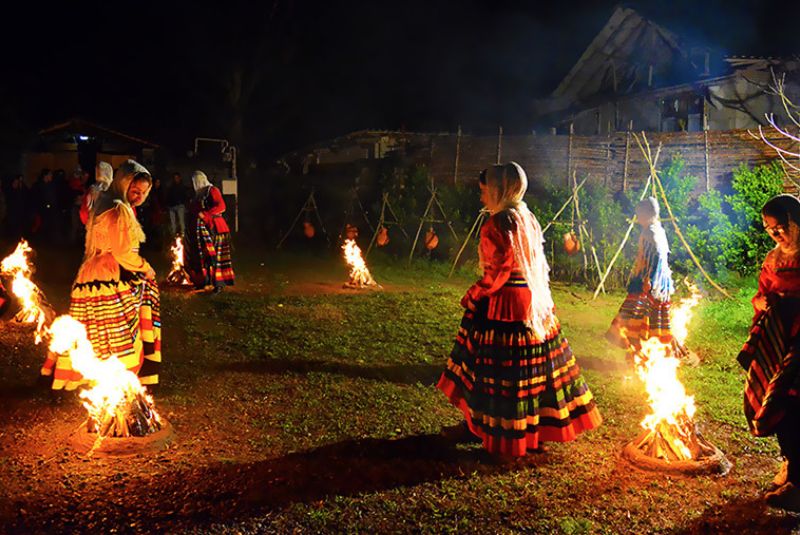
Chaharshanbe Suri, celebrated on the last Wednesday before the Persian New Year (Nowruz), is an important event rooted in ancient traditions. The central ritual involves jumping over a bonfire while chanting, "Sorkhi-ye to az man, zardi-ye man az to" (your redness be mine, my paleness be yours). This is believed to symbolize purification, transferring bad energy and illness to the fire in exchange for health and vitality.
The origins of Chaharshanbe Suri blend pre-Islamic Zoroastrian beliefs with Islamic influences. Some view the fire as a symbol of spiritual renewal, while others link it to Zoroastrian traditions where fire is seen as a protector against evil forces.
Another key part of the celebration is smashing a pot after jumping over the fire. The belief behind this act is that your bad luck and misfortunes are transferred to the pot, which is then shattered to destroy the negativity. Customs vary across different regions in Iran. For instance, in Tehran, people sometimes fill a jug with coins and drop it from their roof as part of the ceremony.
6. Sizdeh Bedar
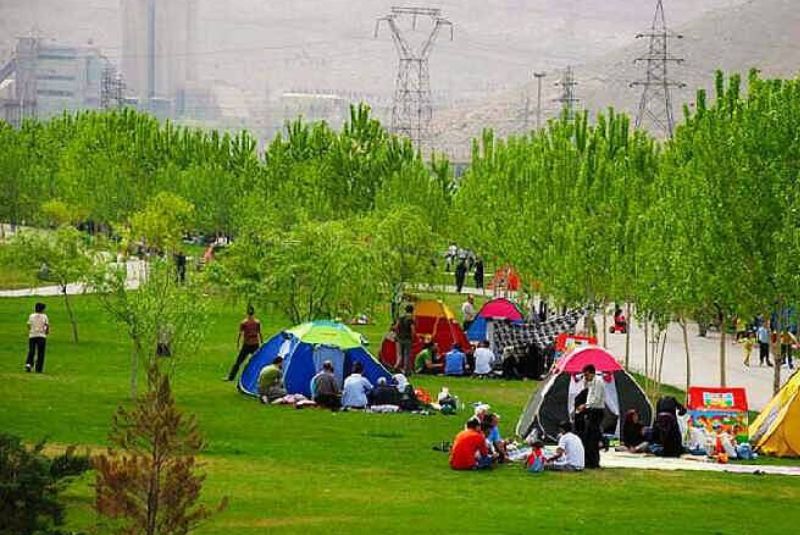
The 13th day of Nowruz (Iranian New Year) is associated with avoiding bad luck. On this day, called Sizdeh Bedar, Iranians flock to parks and green spaces for picnics to ensure good fortune for the year ahead. Avoiding outdoor activities on this day is considered tempting fate.
7. Tying a Knot in Nowruz Sprouts

As part of the Nowruz celebrations, wheat or lentil sprouts are grown to symbolize rebirth. Before the sprouts are discarded on Sizdeh Bedar, unmarried girls tie knots in them, hoping this will lead to marriage in the coming year.
8. Itchy Palm
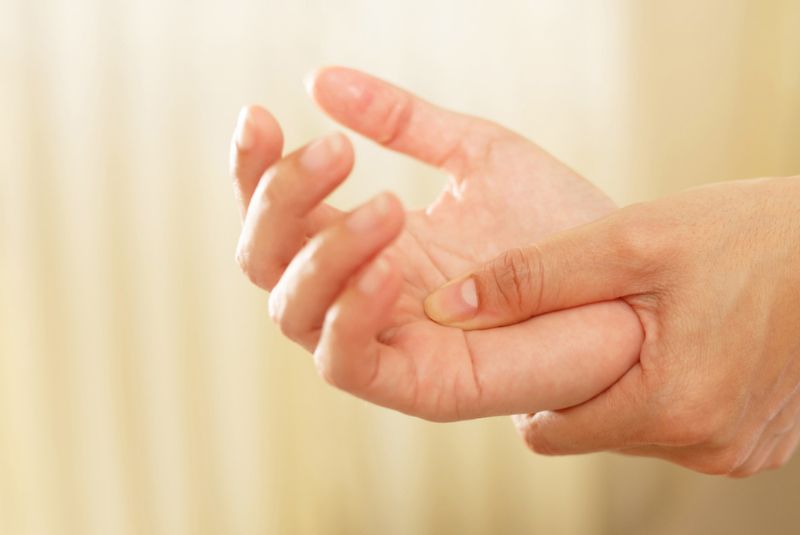
Similar to other cultures, in Iran, an itchy palm is considered a sign that money is coming your way. But some Iranians believe that if it is your left palm itching, you are going to lose money and if it is the right palm, you are not far from being a wealthy person!
9. Spilling Water For a Safe Journey
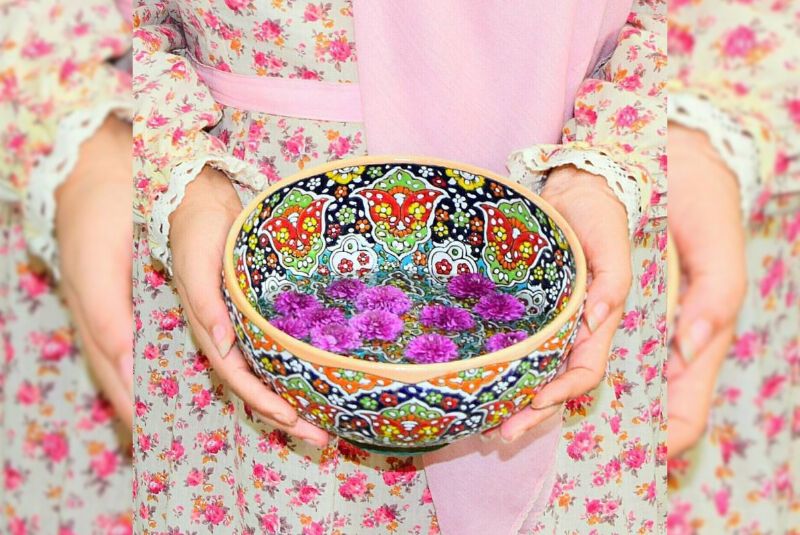
In Iranian superstition, spilling water is a sign of good luck. Running water is seen as positive energy, so when someone leaves on a trip, family members may throw water behind them to ensure a safe and successful journey, with hopes of their quick return.
10. Animal Superstitions
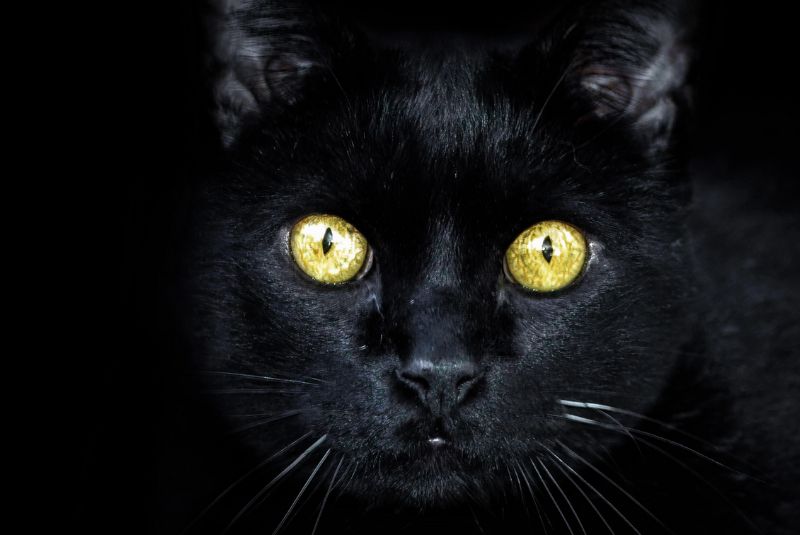
Some animals are linked to superstition in Iran. For example, a single owl hooting in the evening is considered a bad omen (Shoom in Farsi), often signaling death or sadness. On the other hand, a group of crows is associated with good news, sometimes even hinting at a wedding. A rabbit crossing your path is thought to bring good luck.
In some Iranian communities, black cats are seen as omens of misfortune. If a black cat crosses one’s path, it can be taken as a sign of bad luck or an upcoming negative event. This belief likely stems from ancient associations of black cats with witches or evil forces, similar to other cultures. Although not universally held, the superstition about black cats still exists, especially in rural areas where folk beliefs are more common.
11. Astronomical Beliefs

Although these superstitions have faded in modern times, villagers once believed that eclipses were a sign of God’s anger, and banging pots would drive it away. Comets were considered bad omens, often linked to the death of significant figures.
12. Evil Eye (Cheshm Zakhm)
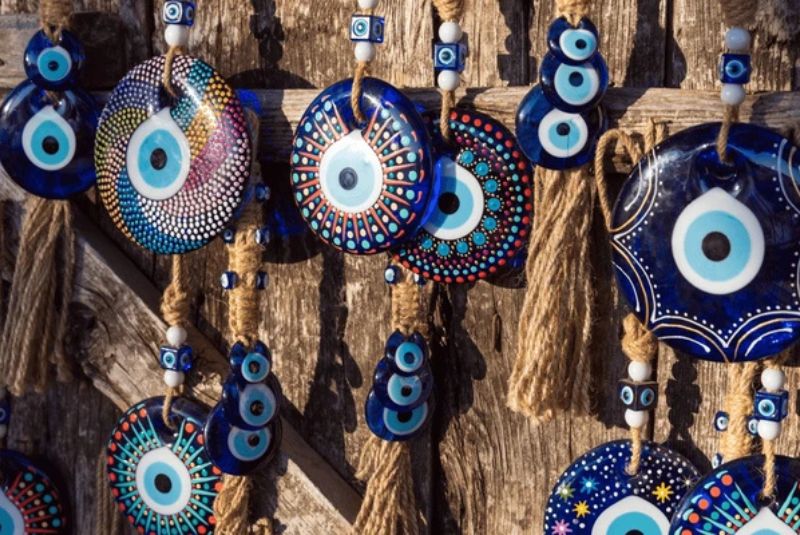
The belief in the evil eye, known as Cheshm Zakhm, is widespread in Iran. It is thought that a jealous or envious look can cause harm to people or their possessions. To counter this, Iranians often use talismans, particularly the blue eye symbol, to protect against misfortune. Saying phrases like “Mashallah” also serves to deflect harm.
13. Burning Esfand
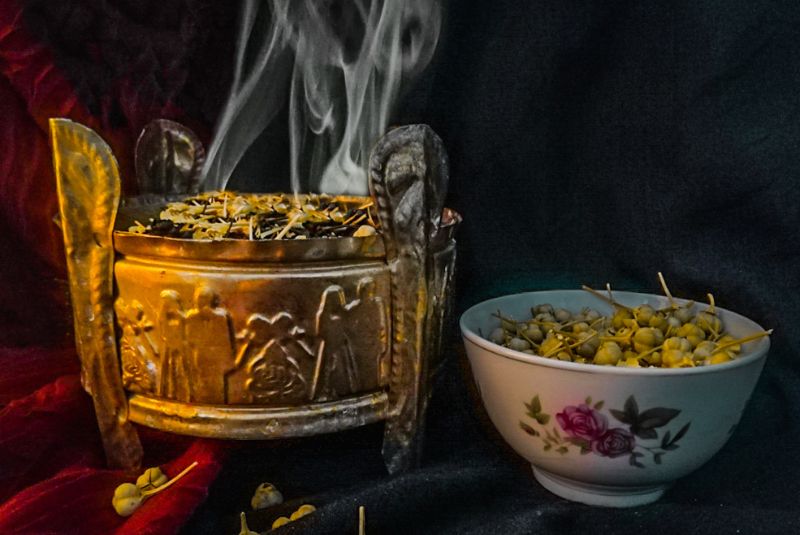
Burning esfand (wild rue seeds) is a popular way to ward off the evil eye. The seeds are burned in a tin canister and the smoke is waved over the heads of loved ones while saying phrases like "may jealous eyes explode" or "may jealous eyes go blind." Esfand is also burned in homes to cleanse negative energy, especially when moving into a new place or during special occasions like weddings.
Burning esfand is seen not only as a protective ritual but also as a comforting practice. In some families, the groom may give money to the person burning the seeds at weddings. A tray with seven spices in different colors, known as âtel o bâtel, is also used at weddings to protect against evil spirits.
Religious and Superstitious Beliefs
Pilgrimage Sites

In Iran, many pilgrimage sites are revered for their spiritual significance and are often associated with miraculous events or divine intervention. While the primary motivation for visiting these holy locations, such as the shrines of Imam Reza in Mashhad or Fatima Masumeh in Qom, is religious devotion, some visitors also come seeking personal miracles or blessings. For instance, pilgrims may pray for healing, success in business, or relief from hardships, reflecting a blend of religious faith and belief in supernatural assistance. In some cases, offerings or vows are made, with the hope that these gestures will be rewarded with divine intervention in return.
Talismans and Amulets
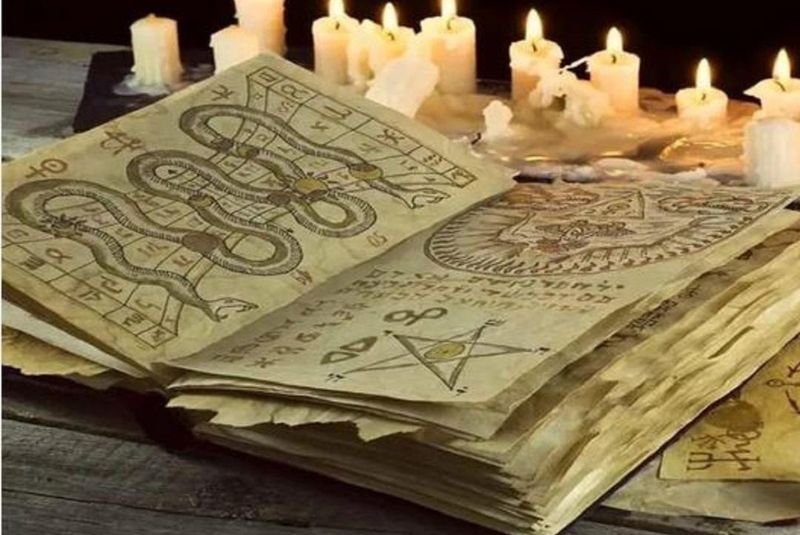
The use of talismans and amulets is widespread in Iran, reflecting the deep-rooted belief in unseen forces like the evil eye or harmful spirits. One of the most recognizable protective symbols is the 'blue eye,' often found in homes, cars, and jewelry, believed to ward off jealousy and negativity. In addition to physical talismans, written verses from the Quran or other religious texts are sometimes carried for protection. These objects are thought to shield the wearer from harm and misfortune, blending religious reverence with superstitious practices.
How Superstitions Influence Modern Iranian Society

Superstition often plays a role in the way some Iranians approach major life decisions, particularly in business. Whether it's selecting an auspicious date for signing contracts, buying property, or starting a new venture, many consider the influence of superstitious beliefs. For example, certain numbers may be avoided due to their negative connotations, and people might consult religious figures or spiritual guides to ensure their decisions align with good fortune. This mix of pragmatism and belief in unseen forces shows how superstition continues to subtly shape modern business practices in Iran.
Regional Variations in Superstitions
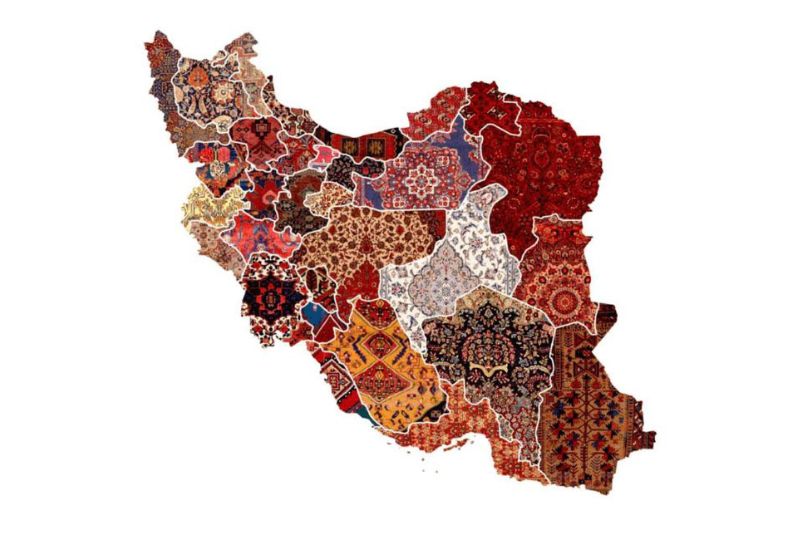
Urban vs. Rural Differences
The strength and nature of superstitious beliefs in Iran can vary significantly between urban and rural areas. In cities, where education and modernization have taken a stronger hold, superstitions are generally viewed with more skepticism. However, in rural regions, these beliefs remain more entrenched, with communities continuing to observe traditional rituals and practices tied to superstitions. For instance, rural villagers may place greater emphasis on practices like warding off the evil eye or performing specific rituals to protect crops from bad luck.
Specific Regional Superstitions
Superstitions can also differ from region to region within Iran. In the Caspian region, there are beliefs about the sea’s moods and how certain behaviors can influence fishing success or cause storms. In southern Iran, especially around the Persian Gulf, locals may hold strong beliefs in Jinn and take special precautions to avoid disturbing these spiritual beings. Meanwhile, in Kurdistan, traditional healers may still use rituals to protect individuals from curses or misfortune. These regional variations add complexity to Iran's broader tapestry of superstitions.
Are Superstitions Dying Out?
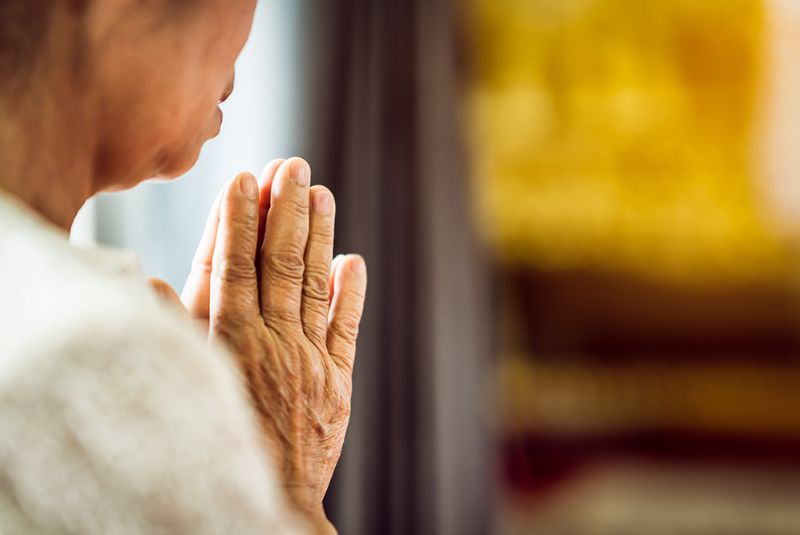
As Iran continues to urbanize and modernize, the role of superstitions has shifted, particularly in larger cities. The spread of education, science, and technology has caused many younger Iranians to question or abandon traditional superstitions. In urban centers, practices such as consulting fortune tellers or relying on amulets for protection are less common, and many view these beliefs as outdated. However, despite this trend, superstitions still persist, especially in certain cultural contexts or among older generations.
A noticeable divide exists between older and younger generations when it comes to superstitions. Older Iranians, especially those raised in rural or more traditional settings, tend to hold on to these beliefs and rituals more firmly. In contrast, younger Iranians, especially those living in cities, are more likely to dismiss superstitions or view them as cultural curiosities rather than guiding principles. This generational gap reflects broader changes in Iranian society as it navigates the balance between tradition and modernity.
Final Thoughts: What This Means for Tourists
For tourists visiting Iran, understanding the superstitions that are still part of daily life can offer valuable insights into the culture. While not all Iranians are superstitious, many continue to observe these practices, often blending them with religious rituals and family traditions. As a visitor, it’s important to appreciate these beliefs respectfully, even if they may seem unfamiliar.
Share your story!
Comment below and let us know about your Experience.
Your story inspires others!


Comment
Leave a Comment